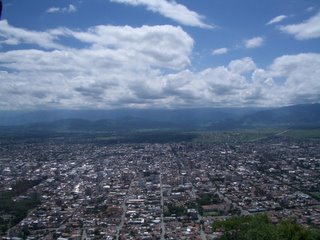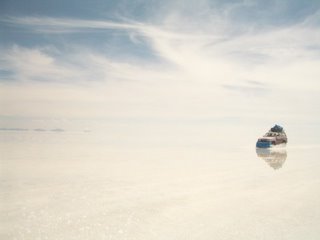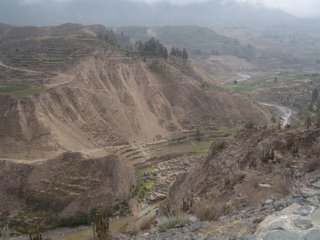Northern Argentina: Salta, $30 luxury, cockroach hotel

After 12+ hours on a bus from San Pedro, we finally arrived in Salta, Argentina at around 1am. We stayed in Salta for two nights - Salta is a colonial city surrounded by mountainous peaks, and it has a nice, relaxing atmosphere. We took a gondola for views of the city from above and wandered around the pedestrian mall for a little shopping.
From Salta, we took a bus to a remote lake and splurged on a nice, lakeside hotel. An equally nice hotel in the U.S. would probably cost a couple hundred dollars but this cost us a mere $30. We then took a bus to a small town called Cafayate, which is a apparently a popular Argentine destination, so accommodations were tough to find. After about an hour, we did find a hostel but as with most hostels in Argentina, there were no screens on the windows. Northern Argentina is very hot this time of year, so closing the windows isn't really an option so I woke up covered with mosquito bites. From Cafayate, we took a 6am bus to Tucuman, where we were lucky enough to get the last four tickets that evening to Catamarca. We arrived at around 11pm, hot and tired but couldn't find a decent place to stay. We did find a hostel with availability, but when we went to see the rooms, we were greeted by a bunch of cockroaches crawling around the bathroom. Despite the fact that we were exhausted and sick of traveling, that was enough to prompt us to get a taxi to our next destination, La Rioja. We finally arrived at around 2am. We spent Sunday in La Rioja and were amazed by how much of this little town shut down on Sundays. Nothing was open, not even most restaurants. Although the community pool was, so we spent the day relaxing in the sun.
I had no problem with spontaneous travel in Peru and Bolivia, but January and February is vacation time in South American, and Argentina and Chile are proving to be difficult to get around without advanced reservations. As a result, I decided to continue South instead of going with Uly and Dave to the beach in Chile as I had originally planned. So on to Mendoza to check out wine country......




